
Russian Researchers ‘Peek Inside’ Carbon Nanopores
Researchers from HSE MIEM, in collaboration with colleagues at the RAS Institute of Solution Chemistry, have modelled the behaviour of ionic liquids within charged carbon nanopores ranging in width from 1 to 15 nm and assessed the mobility of both their cations and anions. The scientists observed that an increase in anion size resulted in higher mobility, whereas cations exhibited the opposite trend of reduced mobility with an increase in size. A better understanding of ionic liquids will enhance their use in supercapacitor technology. The study has been published in Journal of Molecular Liquids and supported by a grant from the Russian Science Foundation (RSF).

'We Can Modify Electron Spins as Required by Applying an External Magnetic Field'
Researchers from HSE, MIPT, and the Russian Academy of Sciences Institute of Solid State Physics, jointly with colleagues from the UK, Switzerland, and China, have conducted a study on the characteristics of thin films composed of platinum and niobium. Both the experiments and the theoretical calculations have confirmed that when in contact with a superconductor, platinum exhibits a spin, creating a potential for its effective use for data transmission. Platinum atoms have no magnetic moment, paving the way for the development of even smaller chips utilising this novel structure compared to conventional spintronics. The paper has been published in Nature Communications.
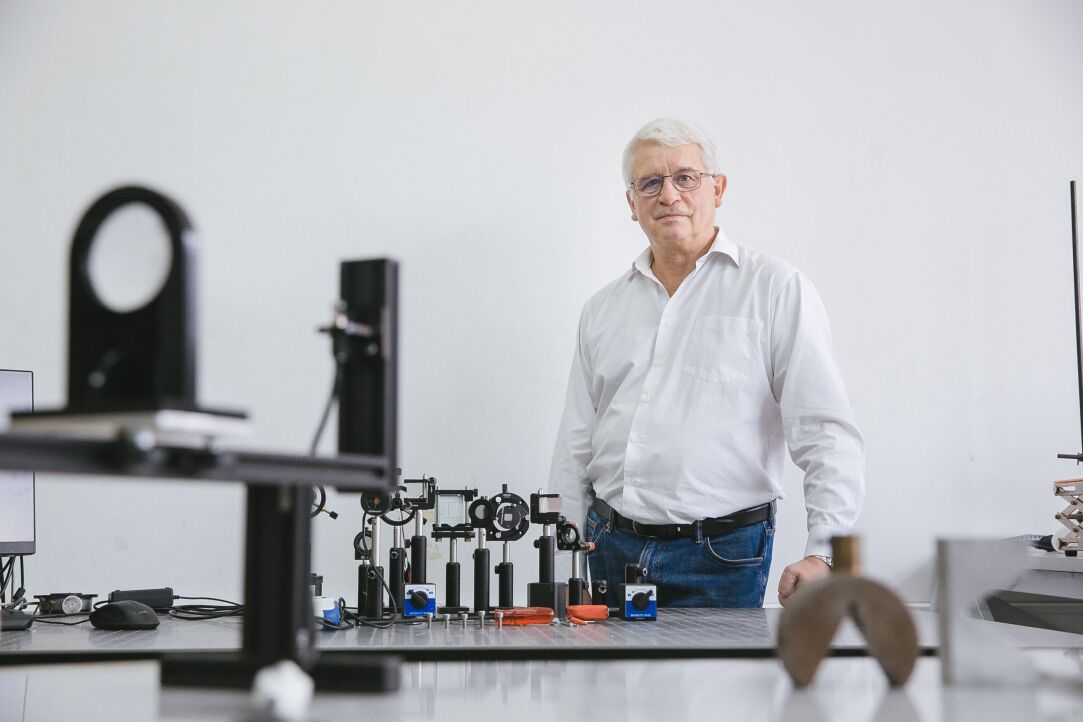
‘Students at HSE University’s Faculty of Physics Receive a World-Class Education’
On October 10, 2016, the Faculty of Physics was created at HSE University. It was the university’s first natural science faculty. Its first master’s students graduated in 2019, its first bachelor’s students completed their studies in 2021, and the first doctoral students will do the same in 2023 after beginning their bachelor’s studies in 2017. In his interview, Mikhail Trunin, Dean of HSE University’s Faculty of Physics, talks about the Kapitsa educational system implemented at the faculty, the results that have been achieved in seven years of work, and what is still missing.
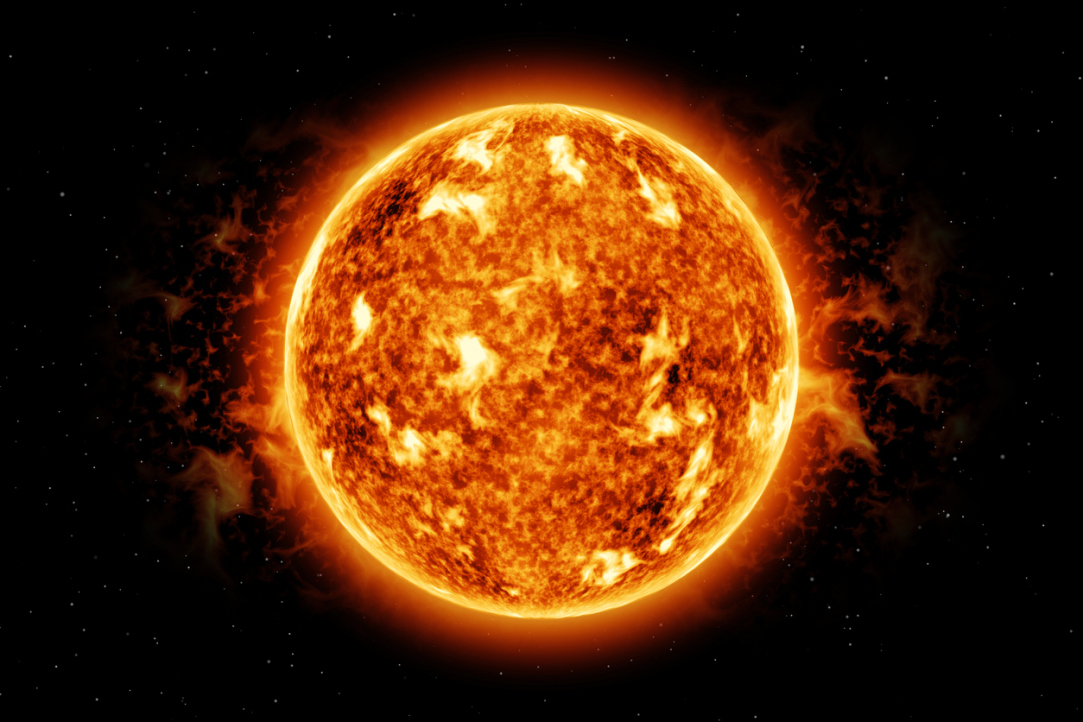
Russian Radio Astronomers Discover a Method for Predicting Solar Flares
Researchers from HSE in Nizhny Novgorod and the Pulkovo Astronomical Observatory (CAO RAS) examined data on microwave emissions from several active solar regions. Astronomers discovered that a few hours prior to a flare, there was an increase in oscillations in the region with the highest observed brightness of the microwave emission during the flare. This method can potentially be used to achieve more accurate predictions of severe solar flares. The study has been published in Geomagnetism and Aeronomy.
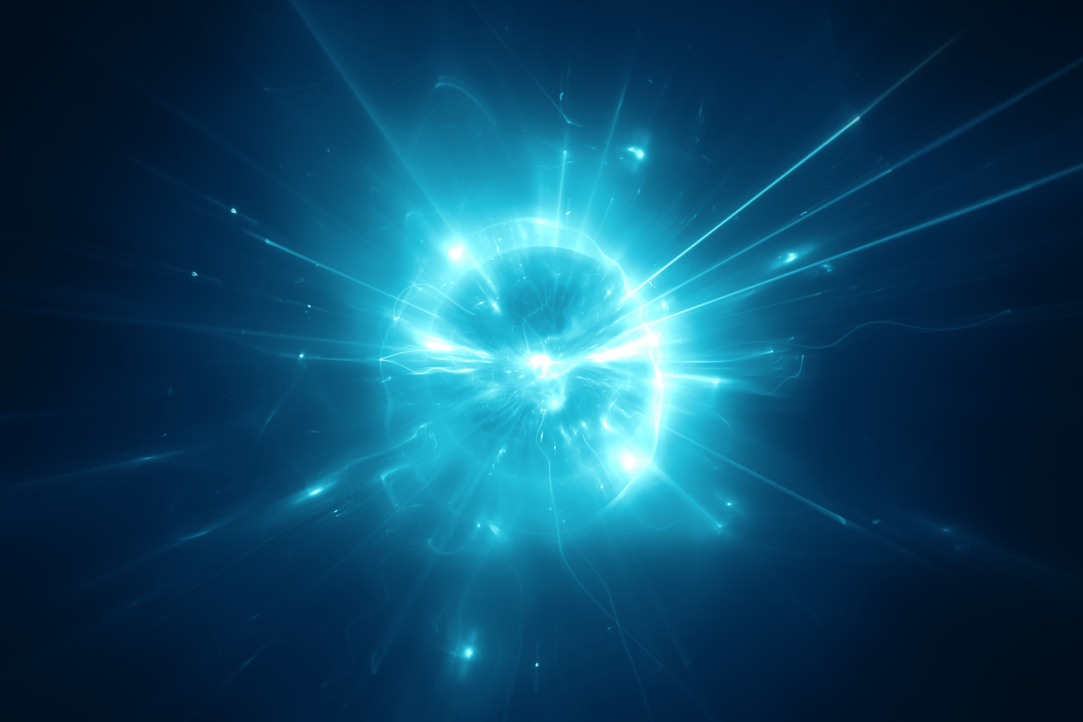
Scientists Develop Algorithm for Accurate Calculation of Quantum Systems
Researchers from the MIEM HSE Centre for Quantum Metamaterials, jointly with colleagues from Germany and the UK, have proposed an algorithm for the automated compression of arbitrary environments (ACE). It opens up exciting new possibilities for the precise calculation of the dynamics of quantum systems. According to the scientists, the new method can assist in the design of quantum computers and novel communication systems. The study findings are published in Nature Physics.
.jpg)
The Light of Knowledge
On May 20, the ‘Day of Light’ was held for the first time at the HSE University building on Basmannaya Ulitsa. The event was organised and conducted by students of the Faculty of Physics, who told junior students and schoolchildren about the latest scientific achievements.

Russian Physicists Developed the Fastest Algorithm for the Simulation Motion of Microparticles in a Plasma Flow
Physicists from the Joint Institute for High Temperatures of RAS, HSE University, and Moscow Institute of Physics and Technologies have developed the first open-source GPU-based code for the simulation of microparticles motion in a plasma flow. OpenDust is optimised for graphics accelerators, that allows it to calculate the forces acting on microparticles significantly faster than existing alternatives. A paper with the findings has been published in Computer Physics Communications.
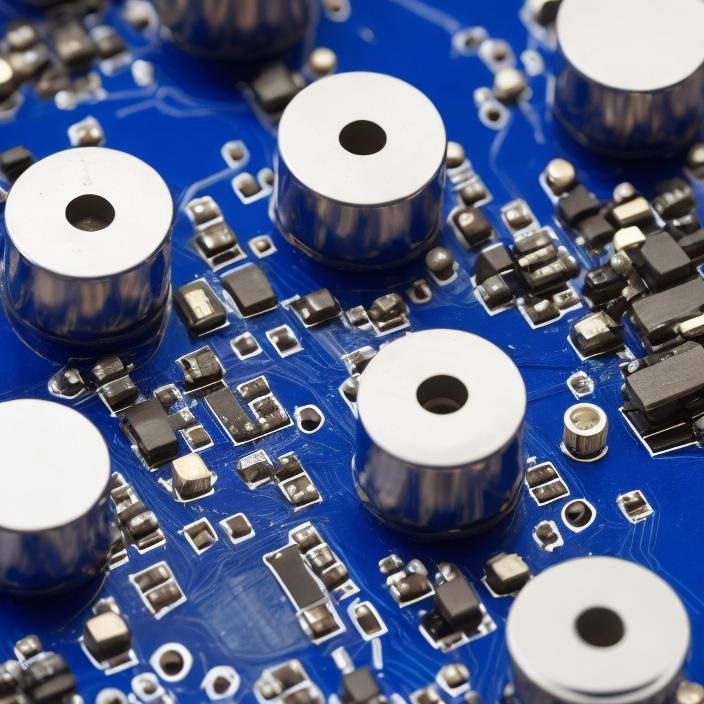
Russian Scientists Discover Method for Enhancing the Capacitance of Supercapacitors
A supercapacitor is a device capable of rapidly storing and releasing a significant amount of energy within a matter of seconds. It consists of metal electrodes immersed in an electrolyte solution. In their model, MIEM HSE scientists substituted the conventional low-molecular-weight electrolyte with a polyelectrolyte, resulting in an unexpected and adverse physical phenomenon: supercapacitors experience a reduction in capacitance when the pore size of the electrode is below 1 nm. By carefully selecting optimal conditions for polyelectrolytes, it becomes possible to develop supercapacitors that are not only more robust but also more efficient in their performance. The study has been published in Physical Review E.
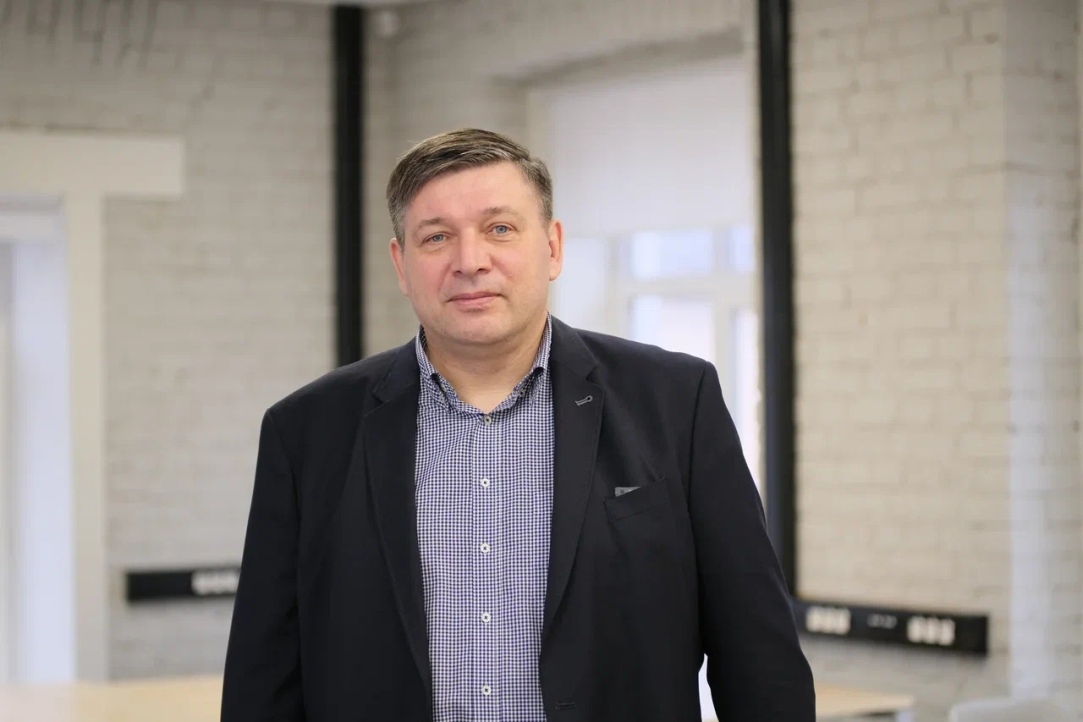
Physicist from HSE University-St Petersburg Ranked Russia’s Number One Scientist in Electronics and Electrical Engineering by Research.com
The academic platform Research.com has published a ranking of the best scientists in the field of electronics and electrical engineering in 2022. In Russia, first place in Electronics and Electrical Engineering went to Alexey Zhukov, Academic Supervisor of the International Laboratory of Quantum Optoelectronics, Doctor of Physical and Mathematical Sciences, Corresponding Member of the Russian Academy of Sciences.

Using Simple Salts to Produce Safer Electrolytes for Aqueous Batteries
A team of Russian scientists including HSE MIEM researchers have used superconcentrated salt solutions to produce effective water-based electrolytes that demonstrate high conductivity and electrochemical stability and require lower amounts of non-toxic salts, making the batteries safer and less expensive than classical non-aqueous ones. The study is published in The Journal of Physical Chemistry C.


Applications for participation can be submitted until June 20, 2024